Your cart is currently empty!
Tag: Sustainable Practices
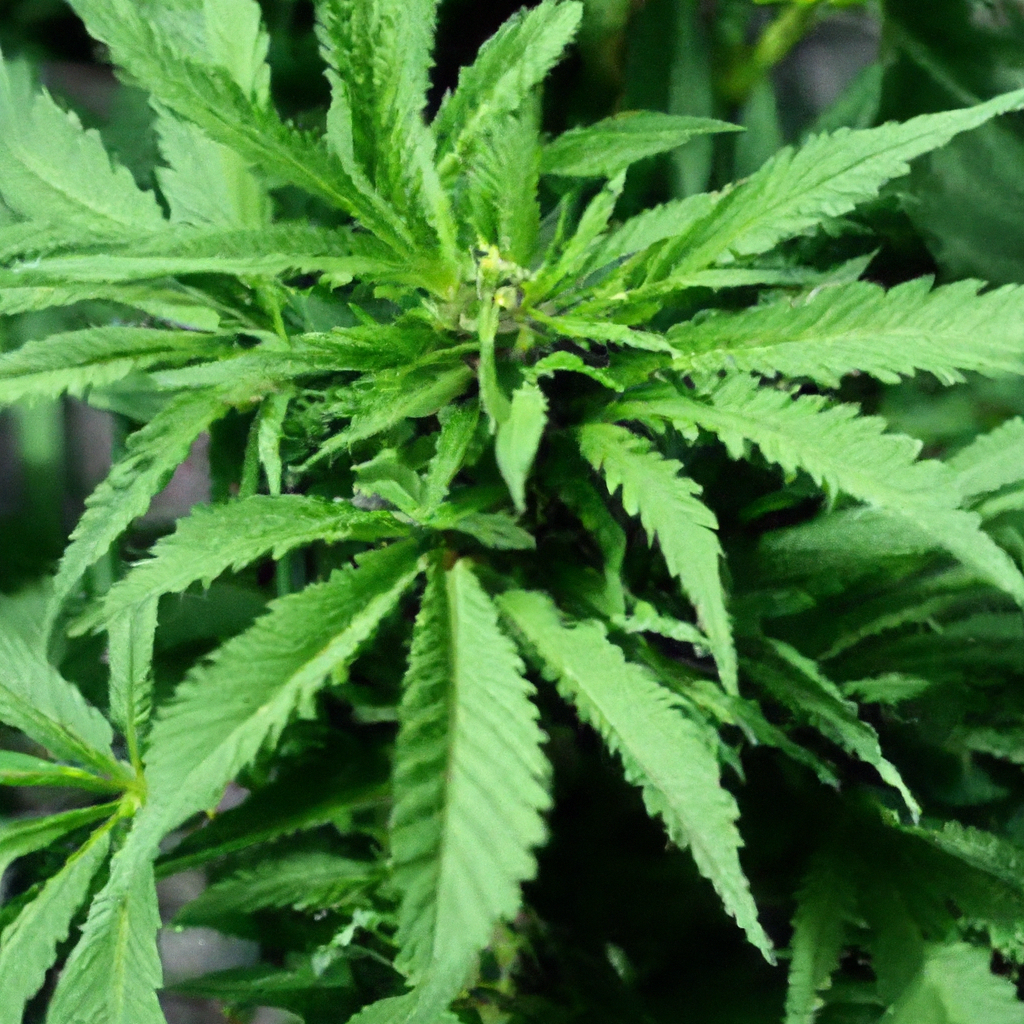
Explore the benefits of organic cannabis cultivation, emphasizing eco-friendly methods that enhance both plant health and sustainability. By enriching soil with compost and using companion planting, growers can create a robust ecosystem. Natural fertilizers like bone meal and fish emulsion promote growth, while eco-friendly pest control using neem oil and beneficial insects ensures a chemical-free…

Cannabis is experiencing a renaissance across various sectors, notably in eco-friendly textile production. Hemp, a variety of the Cannabis sativa plant, offers a sustainable alternative to traditional materials due to its rapid growth, low water requirement, and pesticide-free cultivation. Compared to cotton, hemp boasts minimal water usage, no need for pesticides, and higher yield per…
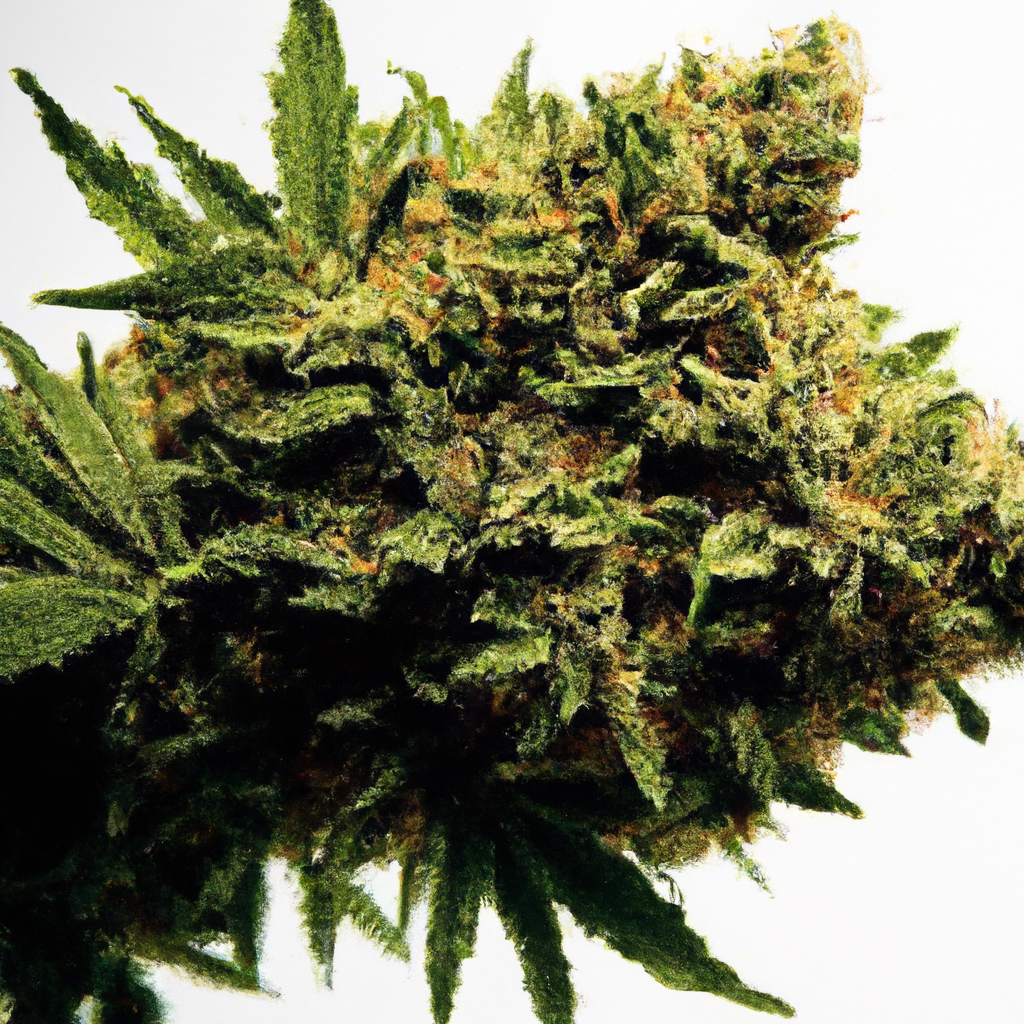
Cannabis bioplastics, made from the hemp variety of the Cannabis sativa plant, offer a biodegradable and sustainable alternative to traditional plastics. These renewable materials decompose more quickly, help reduce carbon footprints, and require less water and fewer pesticides. With applications in packaging, automotive, and construction industries, hemp-based plastics could significantly lower environmental impact. However, challenges…
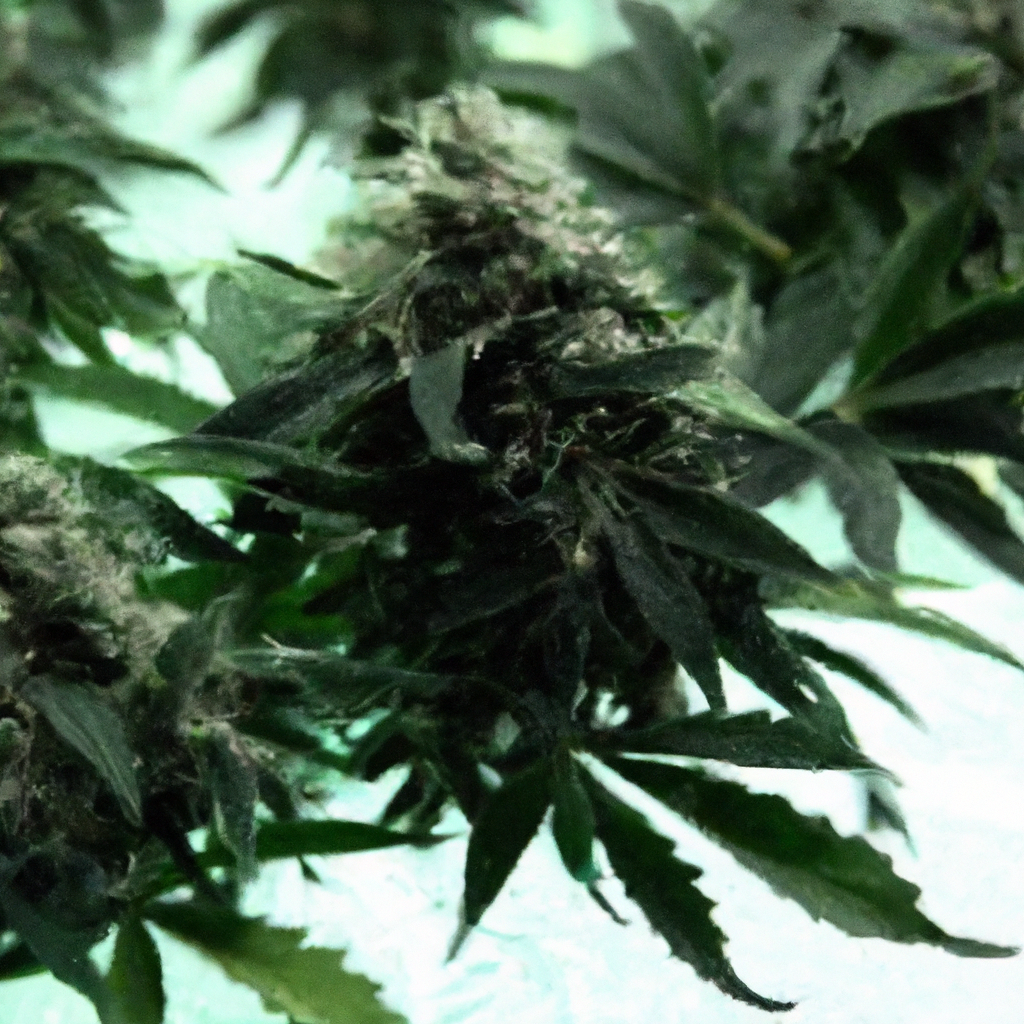
Carbon dioxide (CO2) plays a vital role in photosynthesis, enhancing cannabis growth and yield in controlled environments. Effective CO2 enrichment involves using generators, compressed CO2 tanks, or natural fermentation to optimize levels. Key practices include maintaining CO2 concentrations at 1000-1200 ppm during lights-on phases and ensuring proper ventilation. Challenges such as heat buildup and over-saturation…

The expansion of the cannabis industry is driving innovation in cultivation methods, with aeroponics emerging as a promising technique. Aeroponics offers a soilless growing system where roots are misted with nutrient solutions, enhancing growth potential and aligning with sustainable practices. This method promotes oxygen access, efficient resource use, and precise control, resulting in increased yields…

Growing cannabis organically combines art and science to enhance plant health and potency through natural soil enrichment. This article explores sustainable methods to improve soil quality and nutrient availability, crucial for a successful harvest. Key strategies include using organic amendments like compost, worm castings, and bat guano to boost nutrient content. Beneficial microbes such as…
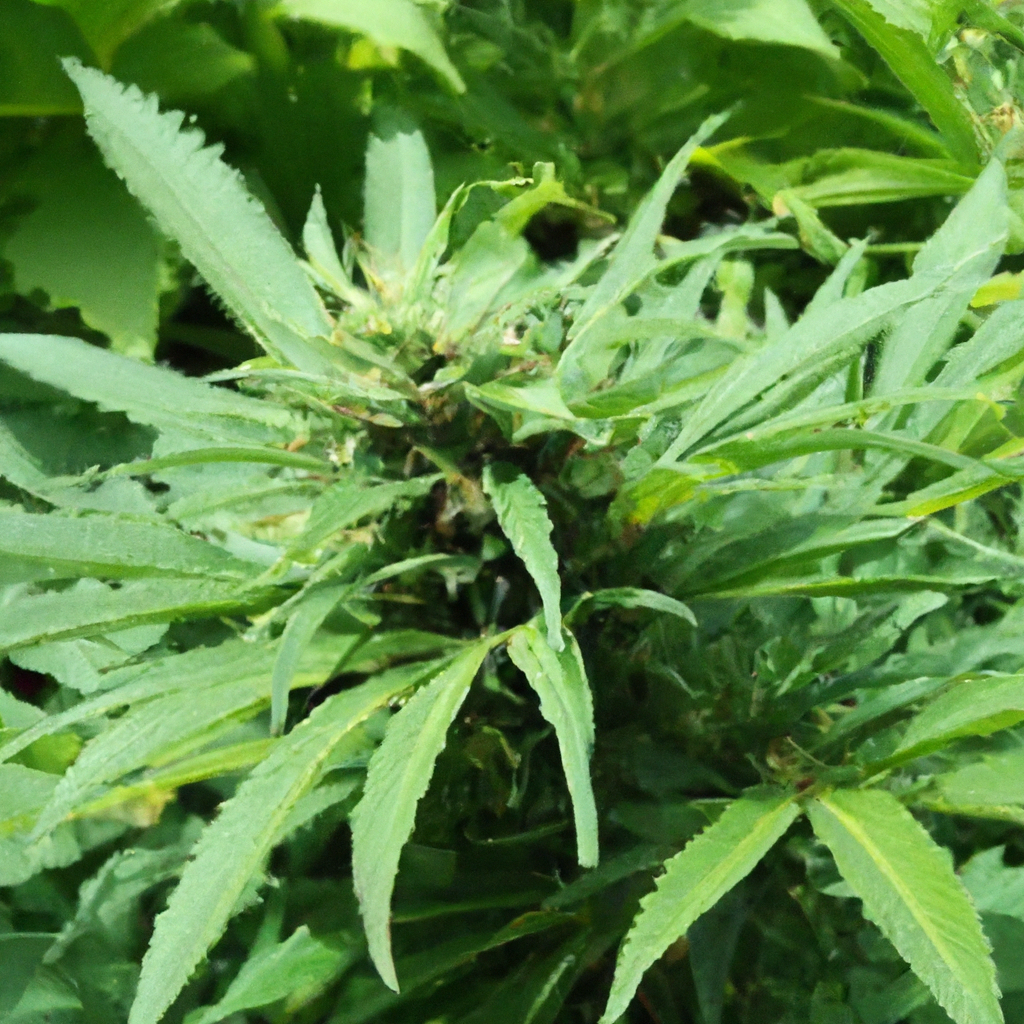
Organic cannabis cultivation focuses on sustainable and chemical-free practices to produce high-quality yields. Key strategies include nurturing a healthy soil ecosystem with compost, mulch, and cover crops, along with promoting biodiversity. Natural fertilizers like fish emulsion, kelp extract, and worm castings provide essential nutrients without synthetic chemicals. Eco-friendly pest control methods such as the use…
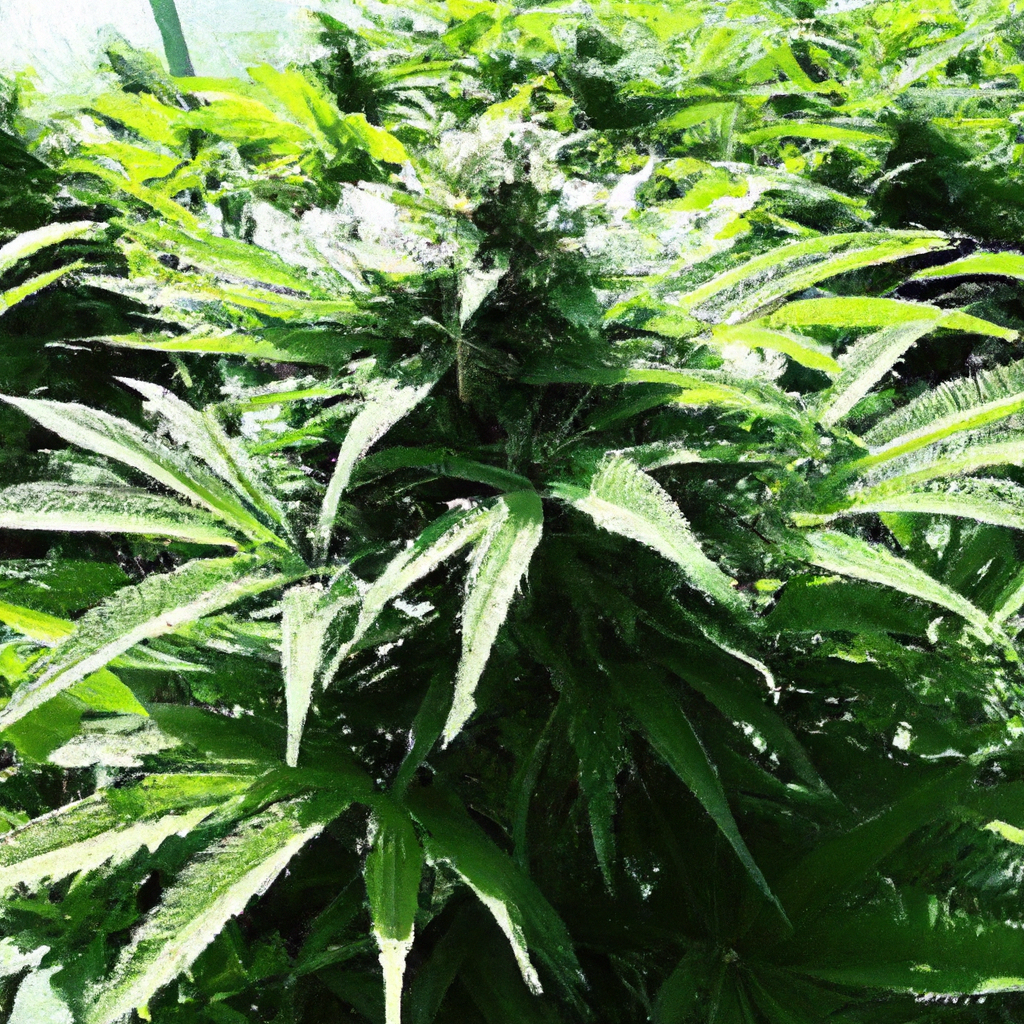
Mastering the art of shadowing can greatly enhance cannabis cultivation by balancing light exposure. Effective techniques such as using shade cloths, natural shade, and adjustable shelters can prevent heat stress and nutrient deficiencies in plants. However, challenges like inconsistent coverage and pest management need careful attention. Successful implementation requires regular monitoring, investing in quality materials,…
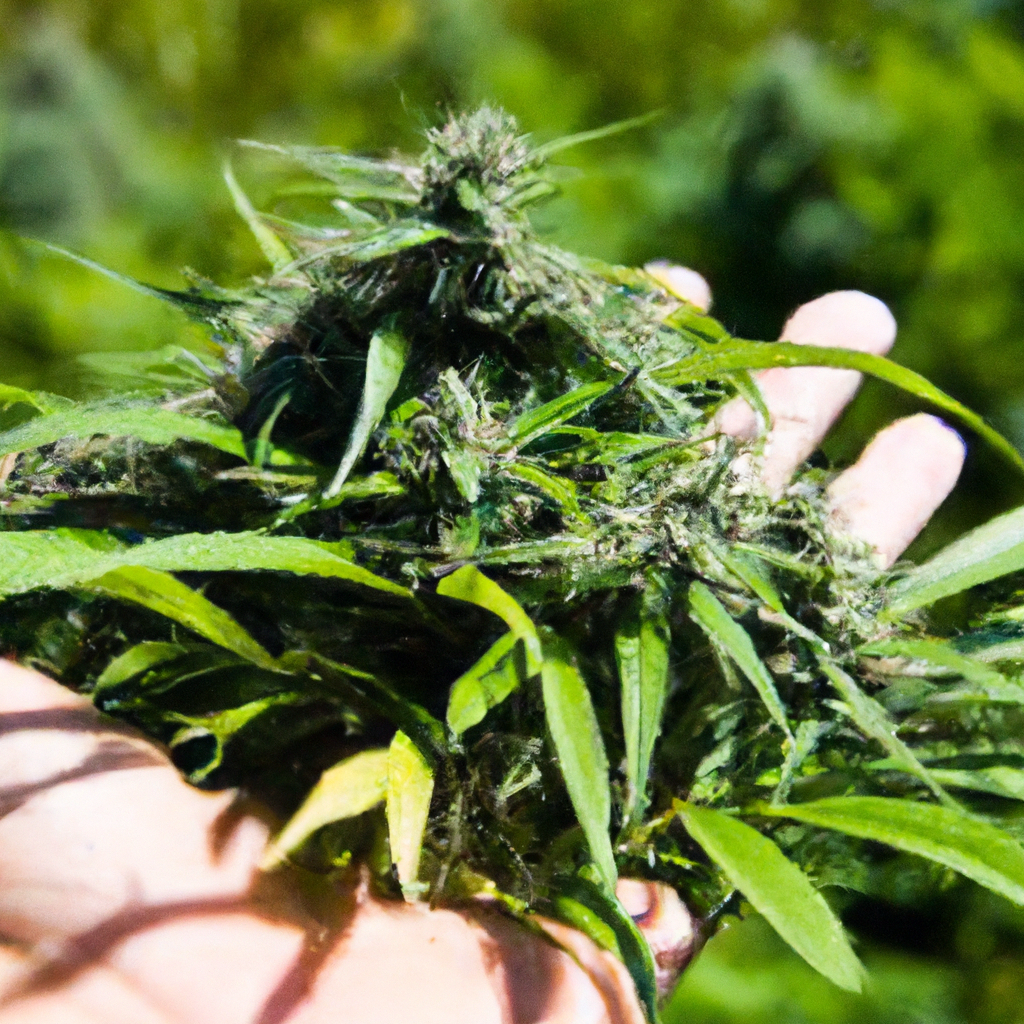
Explore sustainable cannabis cultivation with organic methods that enhance both environmental health and product quality. Dive into best practices like enriching soil with compost, improving nitrogen levels using cover crops, and boosting plant resilience with beneficial microbes. Avoid synthetic fertilizers by opting for natural alternatives such as worm castings and fish emulsion, and manage pests…
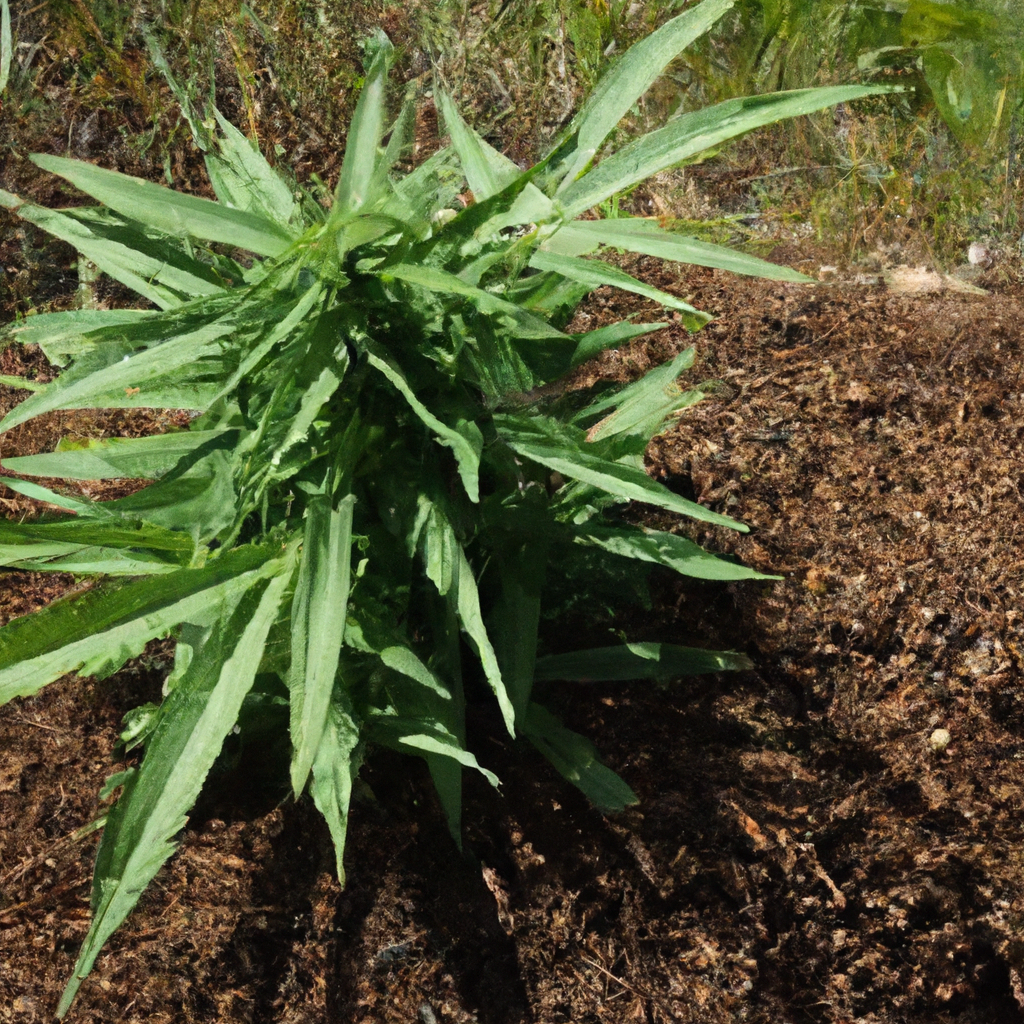
In recent years, many cannabis growers have turned to organic cultivation methods, producing cleaner, safer products and benefiting the environment. This guide provides a blueprint for organic cannabis farming, emphasizing healthy soil ecosystems, sustainable fertilization, and eco-friendly pest control. Key practices include composting, using natural fertilizers like fish emulsion and worm castings, and employing methods…
